Parkinson Disease (Clinical)
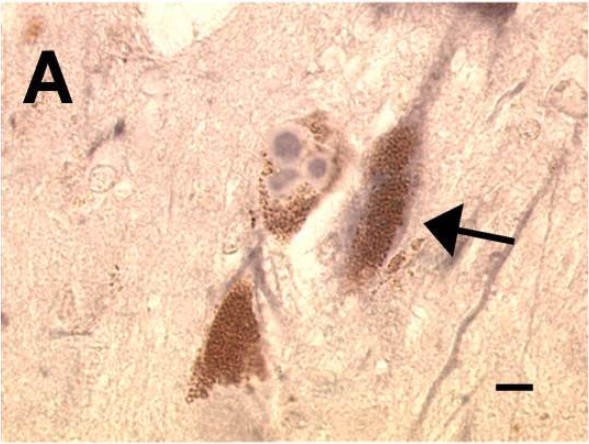
Overview Definition Parkinson’s disease (PD) is a chronic, progressive neurodegenerative disorder affecting the CNS with cardinal features of resting tremor, rigidity, bradykinesia, and postural instability. Epidemiology[2,8] Etiology The etiology of PD is unclear but depends on various genetic and environmental factors. Risk factors[2,8] Pathophysiology Compensatory mechanisms in the brain may temporarily decrease the effects of […]
Myasthenia Gravis (Clinical)

Overview Definition[5–7] Myasthenia gravis (MG) is a chronic autoimmune disorder in which antibodies attack the acetylcholine receptor (AChR) complex at the neuromuscular junction. Epidemiology[4,5] Etiology[3,6] Classification and Pathophysiology Classification[4] Based on clinical presentation: Based on serologic profile of antibodies: Presence of antibodies against either AChR, MuSK, or LRP4 is referred to as seropositive MG: Classification […]
Erectile Dysfunction (Clinical)
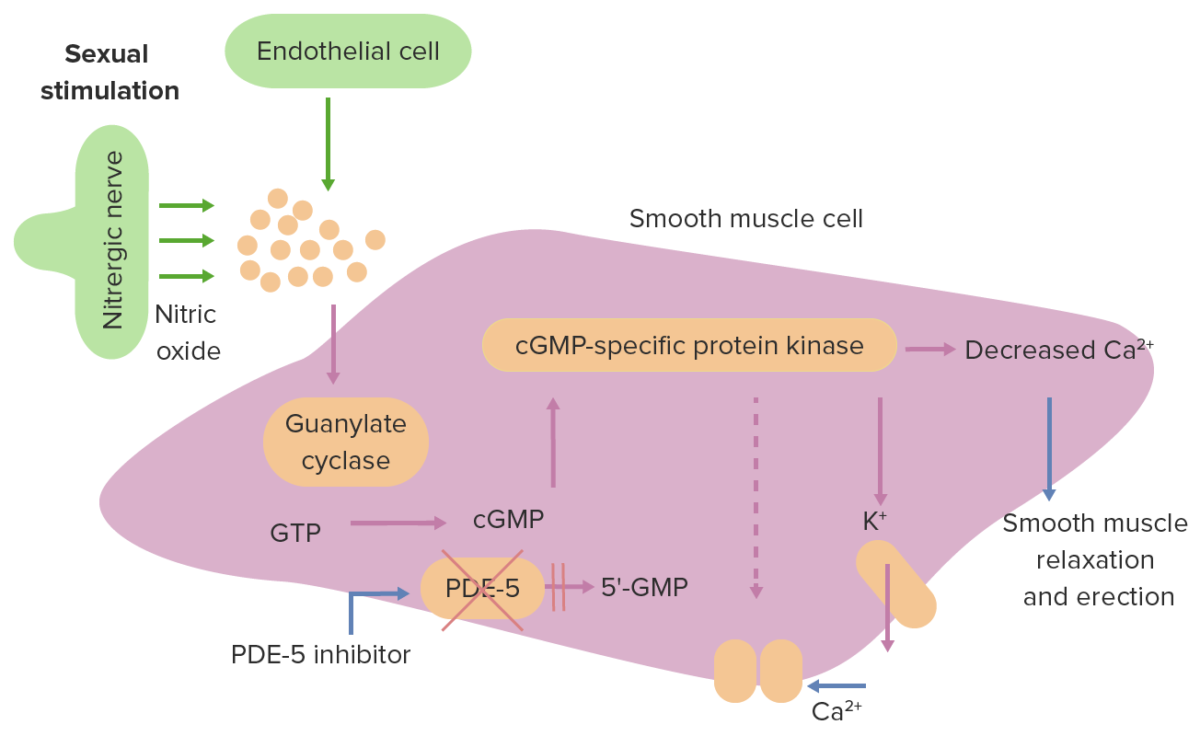
Overview Definition[1–4] Erectile dysfunction (ED) is the recurrent failure to achieve or maintain consistent rigid penile erection for satisfactory sexual intercourse. Clinical importance: Epidemiology[1,3,4] Globally, at least 150 million men suffer from ED: Prevalence of ED is closely related to increased age and presence of other systemic comorbidities. Etiology[1–4] Erectile dysfunction is a multifactorial disease […]
Meningitis (Clinical)
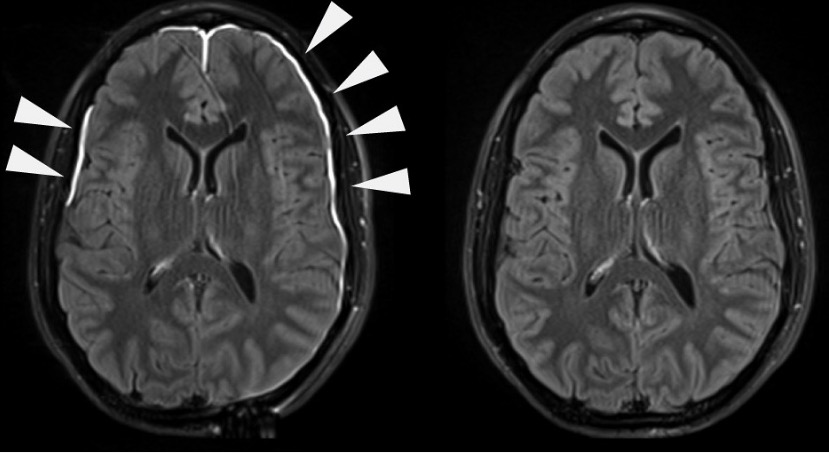
Overview Definition Meningitis is inflammation of the protective membranes of the brain and the spinal cord, collectively called the meninges, that is commonly caused by an acute infection. Epidemiology[3] Etiology Meningitis can be of infectious (most common) or noninfectious origin. Infectious meningitis can be community- or hospital-acquired. Infectious meningitis[1–6,15] Bacterial meningitis: Viral meningitis: Fungal meningitis: Parasitic […]
Syndrome of Inappropriate Antidiuretic Hormone Secretion (SIADH) (Clinical)
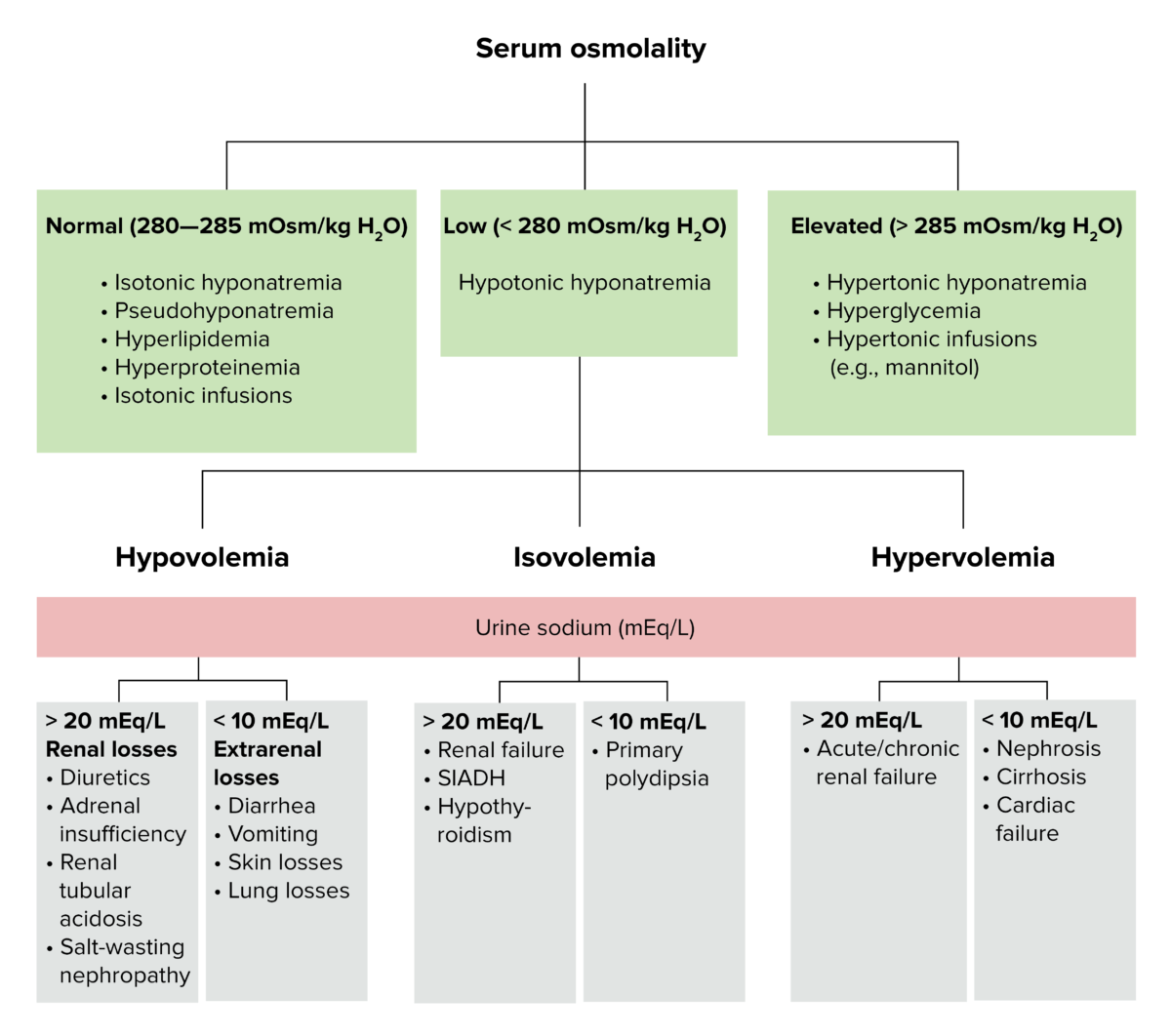
Antidiuretic Hormone (ADH) Source[3,4,10] Secreted in response to[1,10,13] Function[3,4,10,13] Etiology and Pathophysiology ADH levels normally rise when plasma osmolality exceeds 280 mOsm/kg; this mechanism is impaired with SIADH. Pathophysiology[1,4,13] Etiology[1,4,10] The major causes of SIADH are medications, malignancies, or infections affecting the CNS or lungs. Table: Causes of acquired SIADH Major causes Examples Central nervous […]
Hepatorenal Syndrome (Clinical)
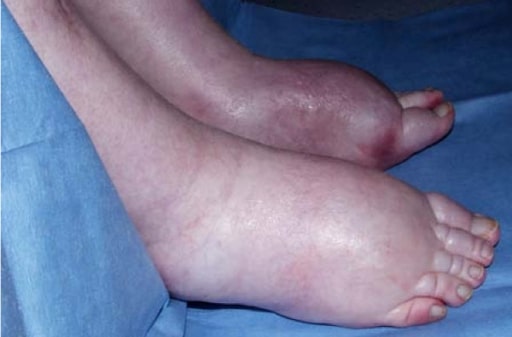
Etiology Hepatorenal syndrome (HRS) is associated with portal hypertension due to:[1] Pathophysiology Trigger factors are any interventions or conditions that cause arterial hypovolemia: Clinical Presentation and Diagnosis Diagnostic criteria may vary depending on practice location. The following information is based on US, UK, and European recommendations. Clinical presentation[3,7] Classification and diagnostic criteria HRS is a […]
Enteric Fever (Typhoid Fever) (Clinical)
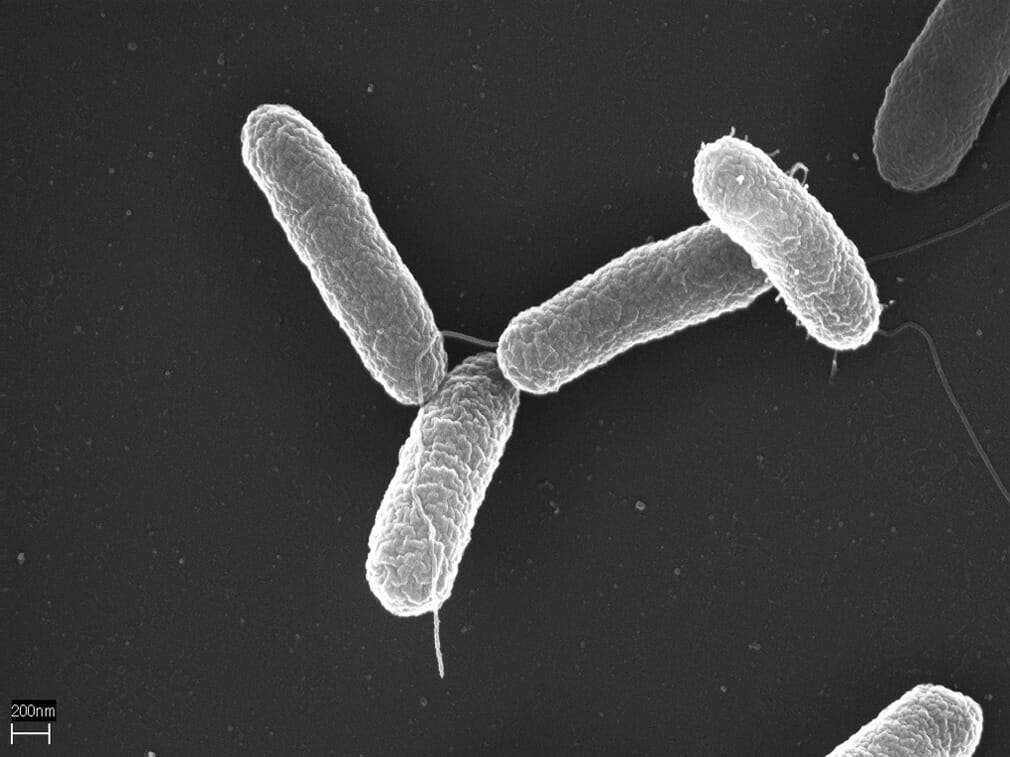
Epidemiology and Etiology Epidemiology[2,3] Etiology[2,4] Pathophysiology Transmission[1,2,4,5] Pathogenesis[4] After ingestion of Salmonella Typhi: Clinical Presentation Infection with S. Typhi results in typhoid (or enteric) fever. Typhoid fever is a severe systemic illness associated with fever (cardinal symptom) and abdominal pain.[2,4,9,13] Table: Three-phase or -week progression (if untreated) Clinical course Findings Week 1 Bacteremia Gradually rising fever […]
Transfusion Products (Clinical)
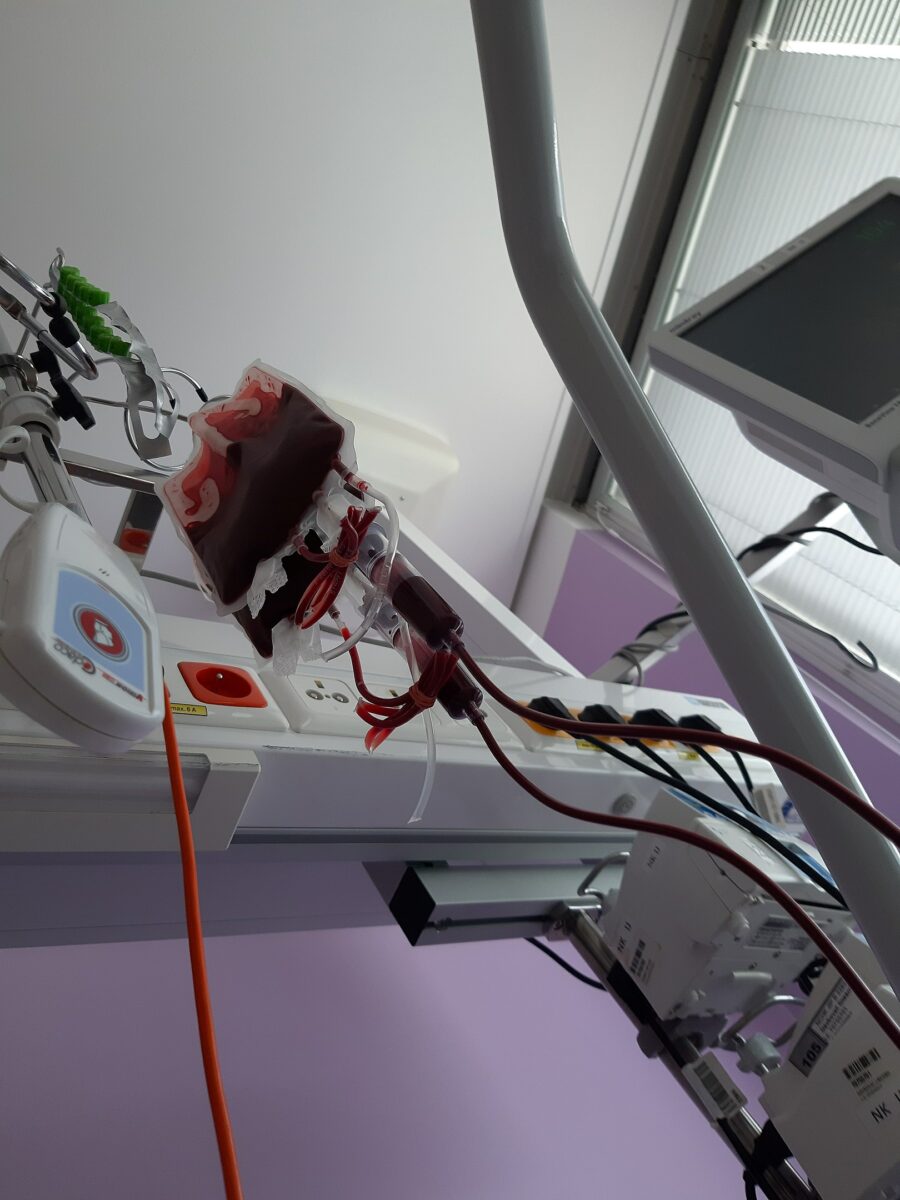
Introduction Blood transfusions are a very common medical procedure.[1,2,9] Table: Blood group compatibility for giving and receiving blood Blood type Can give to individuals with blood type Can receive from donors with blood type A+ A+, AB+ A+, A–, O+, O A– A+, A-, AB+, AB– A-, O– B+ B+, AB+ B+, B–, O+, O– […]
Postpartum Endometritis (Clinical)
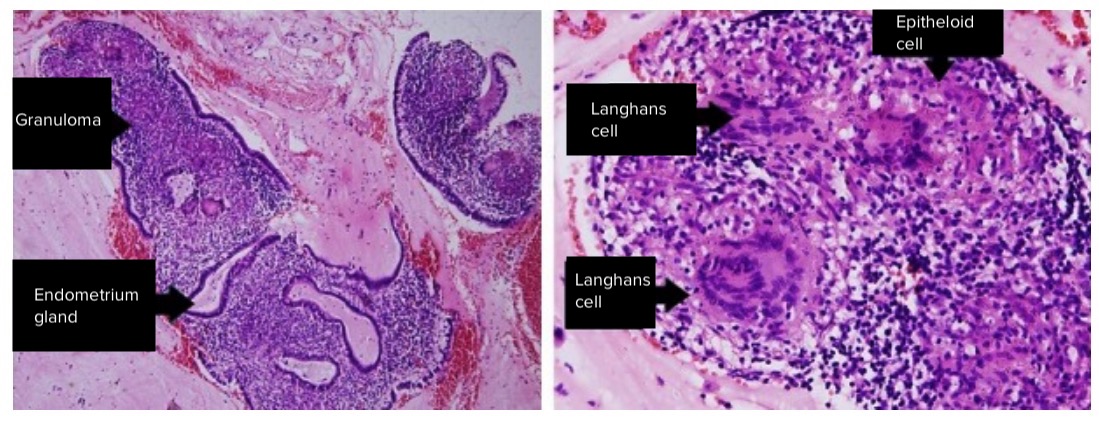
Overview Definition Endometritis is an inflammation of the inner lining of the uterus, the endometrium. Epidemiology[2,6–8] Risk factors[3,6] Pathophysiology Pathophysiologic mechanism[3,6,7] PP endometritis is caused by movement of normal vaginal flora to the uterus → colonization of the damaged uterine lining → infection and inflammation. Microbiology[2,3,6–8] PP endometritis is a polymicrobial infection involving both aerobic […]
Ovarian Cysts (Clinical)
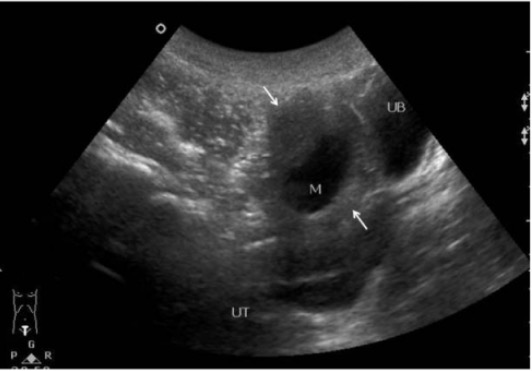
Nonneoplastic (Benign) Cysts Functional cysts (follicular cysts, corpus luteal cysts, theca lutein cysts)[1] Hemorrhagic cysts and endometriomas[1,6] Neoplastic Cysts Classification[1,6] Table: Classification of neoplastic cysts Cell of origin Benign tumors Malignant tumors Epidemiology and notes Epithelial cell tumors Cystadenomas: Serous Mucinous Carcinomas: High-grade serous Low-grade serous Mucinous Clear cell Endometroid 90% of primary malignant ovarian […]